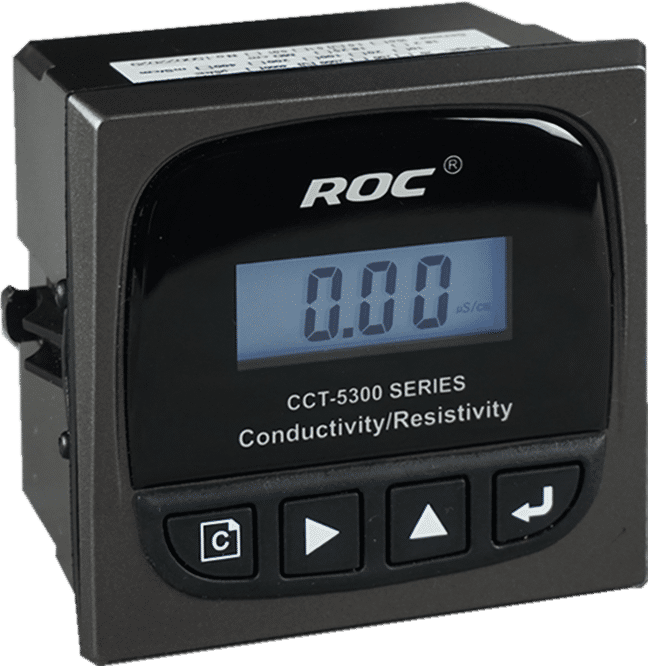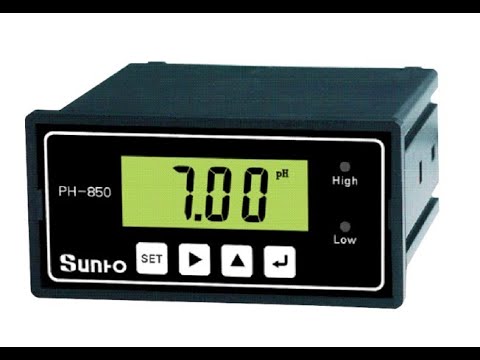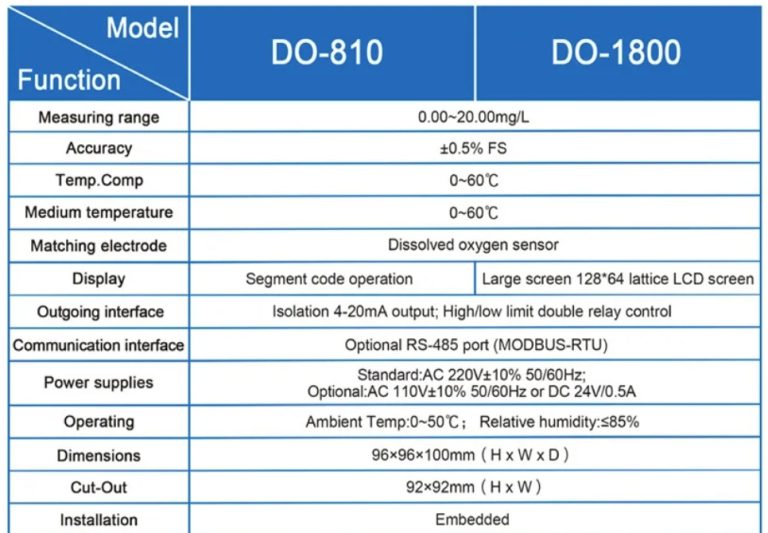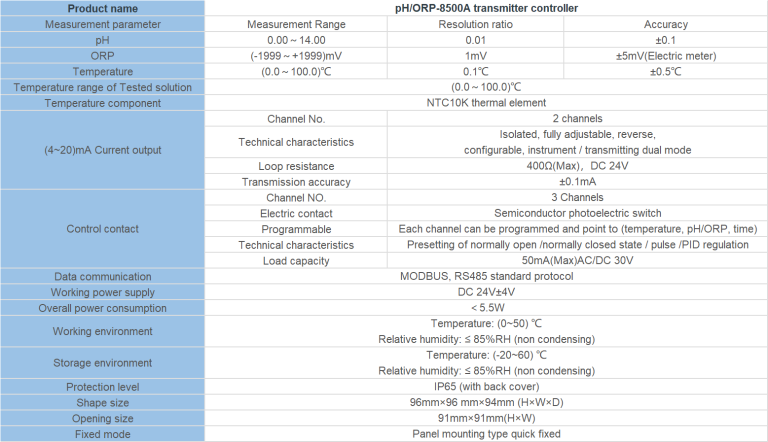Calibrate your ph meter regularly for accurate results.
Table of Contents
Benefits of Regular ph meter Calibration
Maintaining the accuracy of a ph meter is crucial for obtaining reliable and consistent results in various industries such as food and beverage, pharmaceuticals, environmental monitoring, and research. Regular calibration of a ph meter is essential to ensure that it is functioning correctly and providing accurate readings. But how often should a ph meter be calibrated?
| pH/ORP-3500 series pH/ORP Online Meter | |||
| pH | ORP | Temp. | |
| Measurement range | 0.00~14.00 | (-2000~+2000)mV | (0.0~99.9)℃(Temp. Compensation :NTC10K) |
| Resolution | 0.01 | 1mV | 0.1℃ |
| Accuracy | ±0.1 | ±5mV(electronic unit) | ±0.5℃ |
| Buffer Solution | 9.18;6.86;4.01;10.00;7.00;4.00 | ||
| Medium Temp. | (0~50)℃(with 25℃ as standard )manual / automatic temp.compensation for selection | ||
| Analog Output | Isolated one Channel(4~20)mA,Instrument / Transmitter for selection | ||
| Control Output | Double relay output(ON/OFF) | ||
| Consumption | <3W | ||
| Working Environment | Working temp. (0~50)℃;Relative humidity≤85%RH(none condensation) | ||
| Storage Environment | Temp. (-20~60)℃; Relative humidity≤85%RH(none condensation) | ||
| Dimension | 48mm×96mm×80mm (H×W×D) | ||
| Hole Size | 44mm×92mm (H×W) | ||
| Installation | Panel mounted ,fast installation | ||
The frequency of calibration for a ph meter depends on several factors, including the type of samples being tested, the frequency of use, and the manufacturer’s recommendations. In general, it is recommended to calibrate a ph meter before each use to ensure accurate readings. This is especially important when working with critical samples or when high precision is required.
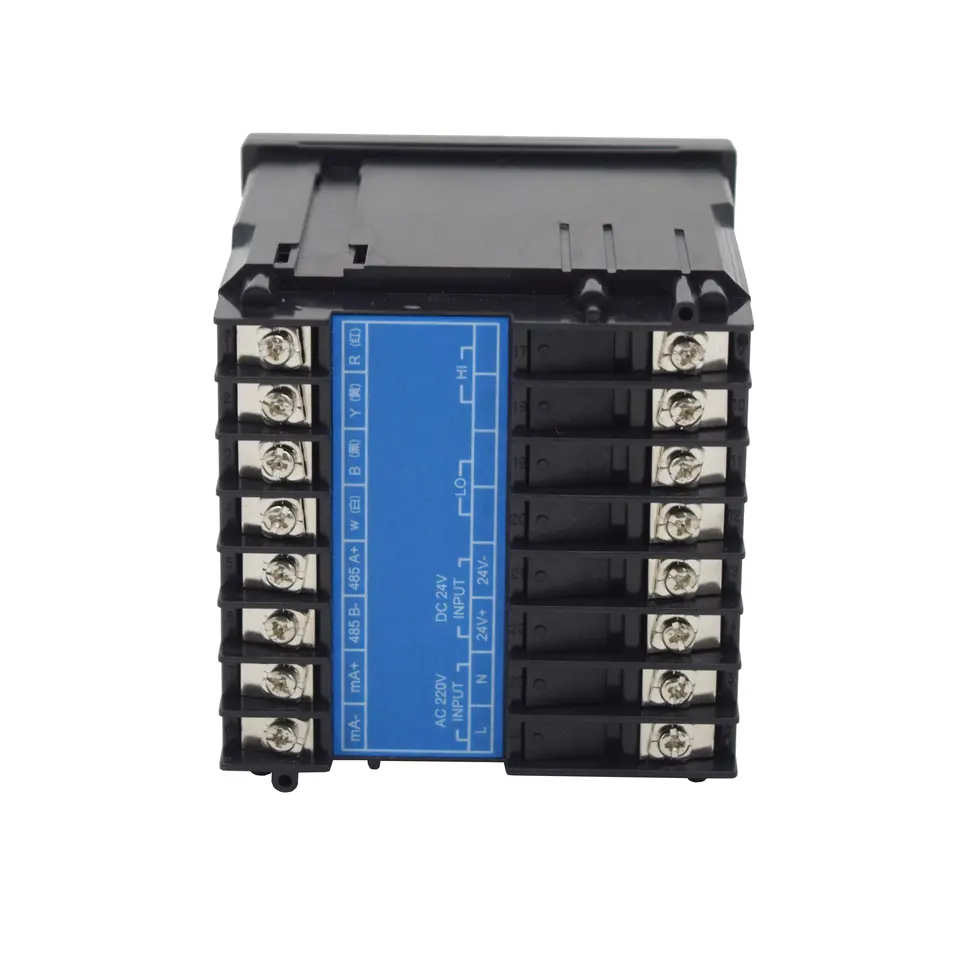
For laboratories and industries that use pH meters frequently, it is advisable to calibrate the ph meter at least once a day or even more frequently if necessary. This is because pH meters can drift over time due to factors such as temperature changes, electrode aging, and exposure to harsh chemicals. Regular calibration helps to correct any drift and ensures that the ph meter is operating within the specified accuracy range.
In addition to daily calibration, it is also recommended to perform a two-point calibration at the beginning of each day to verify the accuracy of the ph meter across a range of pH values. This involves calibrating the ph meter using two buffer solutions with known pH values, typically pH 4.01 and pH 7.00 or pH 10.01. By calibrating at two points, you can ensure that the ph meter is accurately measuring both acidic and alkaline solutions.
For pH meters that are used less frequently, such as in educational settings or small laboratories, it is still important to calibrate the ph meter regularly to maintain accuracy. In these cases, it is recommended to calibrate the ph meter at least once a week or before each use if the ph meter has not been used for an extended period.
It is also important to consider the storage and handling of the ph meter when determining the frequency of calibration. pH meters should be stored properly in a clean and dry environment to prevent contamination and damage to the electrodes. Regular maintenance and cleaning of the ph meter can also help to prolong its lifespan and ensure accurate readings.
| Model | EC-1800 online conductivity controller |
| Range | 0-2000/4000uS/cm 0-20/200mS/cm |
| 0-1000/2000PPM | |
| Accuracy | 1.5%, 2%, 3%(FS) |
| Temp. Comp. | Automatic temperature compensation based on 25℃ |
| Oper. Temp. | Normal 0~50℃; High temp 0~120℃ |
| Sensor | C=0.1/1.0/10.0cm-1 |
| Display | 128*64 LCD Screen |
| Communication | 4-20mA output/2-10V/1-5V/RS485 |
| Output | High/Low limit dual relay control |
| Power | AC 220V±10% 50/60Hz or AC 110V±10% 50/60Hz or DC24V/0.5A |
| Working Environment | Ambient temperature:0~50℃ |
| Relative humidity≤85% | |
| Dimensions | 96×96×100mm(H×W×L) |
| Hole Size | 92×92mm(H×W) |
| Installation Mode | Embedded |
In conclusion, regular calibration of a ph meter is essential for obtaining accurate and reliable results in various industries and applications. The frequency of calibration depends on factors such as sample type, frequency of use, and manufacturer recommendations. It is generally recommended to calibrate a ph meter before each use, with more frequent calibration for high-precision applications. By following a regular calibration schedule and proper maintenance practices, you can ensure that your ph meter is operating at its best and providing accurate pH measurements.
Consequences of Infrequent ph meter Calibration
Maintaining the accuracy of a ph meter is crucial for obtaining reliable and consistent results in various industries, including food and beverage, pharmaceuticals, environmental monitoring, and research laboratories. One of the key factors in ensuring the accuracy of a ph meter is regular calibration. But how often should a ph meter be calibrated to maintain its accuracy and reliability?
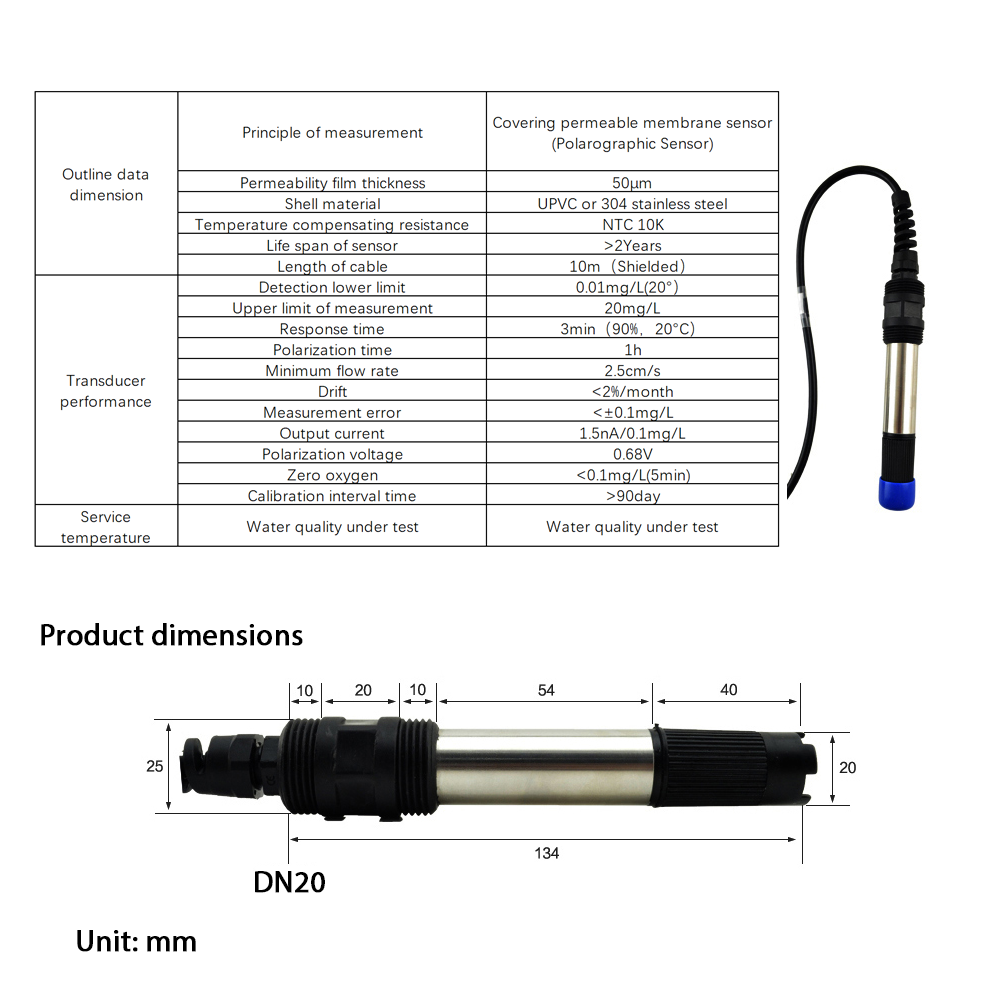
The frequency of ph meter calibration depends on several factors, including the type of ph meter, the application, and the manufacturer’s recommendations. In general, pH meters should be calibrated at least once a day before use to ensure accurate measurements. However, in some cases, more frequent calibration may be necessary, especially if the ph meter is used in harsh or demanding environments.
Failure to calibrate a ph meter regularly can have serious consequences, including inaccurate measurements, compromised product quality, and potential safety hazards. Inaccurate pH measurements can lead to incorrect conclusions, resulting in costly errors and rework. For example, in the food and beverage industry, inaccurate pH measurements can affect the taste, texture, and shelf life of products, leading to customer dissatisfaction and financial losses.
In the pharmaceutical industry, inaccurate pH measurements can impact the efficacy and stability of drugs, potentially compromising patient safety. Environmental monitoring agencies rely on accurate pH measurements to assess water quality, soil health, and pollution levels. Inaccurate pH measurements in these applications can have far-reaching consequences for public health and the environment.
Regular calibration of a ph meter is essential to ensure the accuracy and reliability of pH measurements. Calibration involves adjusting the ph meter to a known standard solution with a known pH value. This process helps to correct any deviations or drift in the ph meter‘s readings, ensuring accurate and consistent measurements.
The frequency of ph meter calibration should be determined based on the specific requirements of the application and the manufacturer’s recommendations. Some pH meters may require more frequent calibration, especially if they are used in harsh or demanding environments. Regular calibration also helps to identify any potential issues with the ph meter, such as electrode contamination or drift, allowing for timely maintenance and troubleshooting.
In addition to regular calibration, proper storage and maintenance of a ph meter are essential to ensure its accuracy and longevity. pH electrodes should be properly cleaned and stored in a suitable storage solution to prevent contamination and ensure optimal performance. Regular maintenance checks, such as electrode replacement and recalibration, should be performed as needed to keep the ph meter in top condition.
In conclusion, the consequences of infrequent ph meter calibration can be significant, leading to inaccurate measurements, compromised product quality, and potential safety hazards. Regular calibration of a ph meter is essential to ensure accurate and reliable pH measurements in various industries. The frequency of ph meter calibration should be determined based on the specific requirements of the application and the manufacturer’s recommendations. Proper storage and maintenance of a ph meter are also crucial to ensure its accuracy and longevity. By following these guidelines, users can maintain the accuracy and reliability of their pH meters, ensuring consistent and reliable pH measurements.

